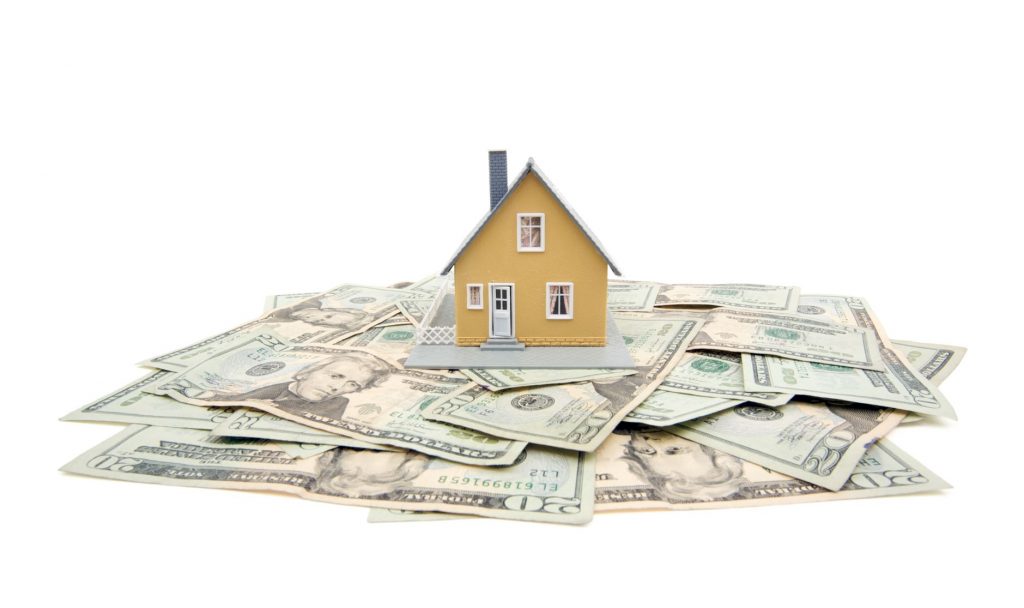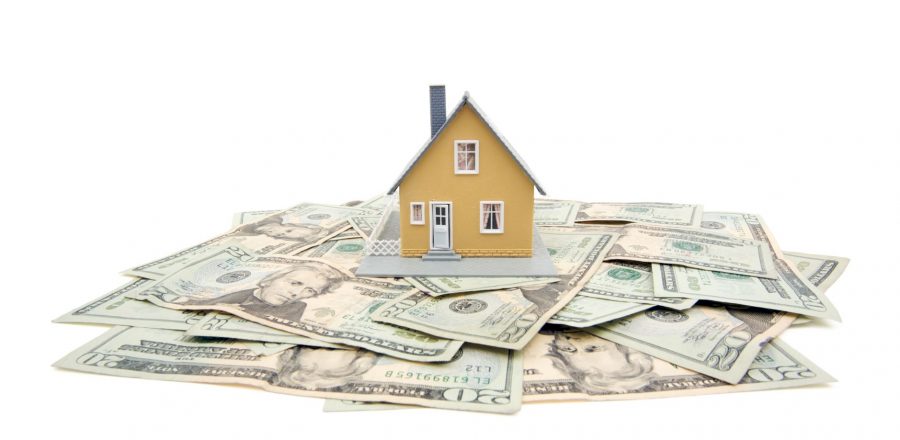If you’re thinking about getting a reverse mortgage, it may be helpful to know the different types and requirements of these loans. You might want to learn about how much you can borrow, what type of home appraisal you need, and the interest rate on the proceeds you receive.
Single-purpose reverse mortgages are the least expensive option
Single-purpose reverse mortgages are the least costly option but have certain limitations, such as the need for a small income and the ability to use the money for one specific purpose. They are also not available everywhere. These mortgages are available through government agencies or some nonprofit organizations that cater to low and moderate-income individuals.
Single-purpose reverse mortgages are available to a limited number of senior citizens, though they are not available everywhere. In addition, some seniors may find them too restrictive for their needs and may need to explore other types of reverse mortgages, such as home equity loans and refinance programs.
Single-purpose reverse mortgages are generally less expensive than other types of reverse mortgages, although they do carry fees. Lenders will charge you interest, as well as mortgage insurance premiums. The loan balance will increase over time, as the interest is added to the loan balance.
The repayment period for reverse mortgages varies from lender to lender. However, the process can usually take 60 to 90 days, so it’s worth shopping around to find the best deal. Repayment of the loan proceeds may be in the form of a lump sum, line of credit, or fixed monthly payments. The borrower must repay the loan once he/she sells the property or moves to another primary residence. If the borrower dies before repaying the loan, the heirs can decide to hand over the home to the lender.
Single-purpose reverse mortgages are the cheapest option available. These mortgages are typically geared towards low-income homeowners and may be available in your state. These mortgages can be very useful for homeowners who can’t qualify for other types of reverse mortgages. They can also be used to help retirees pay for household expenses.
The most expensive type of reverse mortgage is a multi-purpose mortgage. It is possible to make use of the money in other ways, like paying for medical care. In addition, some reverse mortgage lenders will push their customers to buy annuities or long-term care insurance. However, it is illegal for them to pressure their customers into purchasing other products.
Interest rate on proceeds received
The interest rate charged on a reverse mortgage loan varies from lender to lender, and can also vary greatly based on the borrower’s individual circumstances. The age and location of the borrower, the appraised value of the home, and the current market interest rates can all affect the rate charged. It’s important to consider the factors you can control to ensure you get the best possible rate for the loan.
The amount of interest to be paid on reverse mortgage loans can range from 0.25% to 5%. The lender will also charge closing costs and fees. For example, a two percent interest rate is charged on the first $200,000 borrowed and one percent on the rest. The interest rate paid on HECM loans will be based on the higher of these two values, but the borrower can choose an adjustable or fixed rate. The lender will also require the borrower to take part in a counseling session. This is a requirement for all reverse mortgage borrowers. The counselor can provide additional information on alternative loan products that may suit the borrower’s needs.
A fixed rate reverse mortgage is best for those who don’t need a large sum of money at once. Alternatively, a lump sum may be more attractive for clients who need the money for home renovations or to pay off another mortgage balance. Depending on the lender’s guidelines, a reverse mortgage can also be set up as a line of credit. This means that the client only pays interest on the amount that they actually use.
Another important consideration is the tax implications of the reverse mortgage. The accrued interest is deductible when paid in full. However, this interest can build to a sizeable amount after years of compounding. Therefore, a homeowner who wishes to liquidate his or her reverse mortgage may need to calculate how much money he or she needs in the year after paying off the loan.
There are many factors to consider when choosing a reverse mortgage. Firstly, the interest rate on the loan is crucial. This is because it will affect the overall cost of borrowing. Some reverse mortgages come with a fixed interest rate, meaning that the interest rate remains the same for the life of the loan. A fixed rate reverse mortgage is generally more advantageous for borrowers as they won’t have to worry about the impact of future rate increases. Another consideration is the tax benefits of a fixed rate reverse mortgage.

Home appraisal required with Reverse Mortgage Anaheim
A home appraisal is an important part of the reverse mortgage process. It is required in order to determine whether you have enough equity in your home to qualify for the loan. Although you don’t have to have a perfect credit history to qualify for a reverse mortgage, a lender wants to be sure that you won’t owe more on your home than it is worth. A licensed real estate appraiser will perform the appraisal. If you need more help we recommend that you contact Reverse Mortgage Anaheim.
HUD guidelines require that lenders wait until the appraisal is approved to approve the loan. If the appraisal is too low, the loan applicant can cancel the transaction and apply again. This will result in more work for the lender and may cause friction with the borrower. In such a case, the lender will have to wait another 4 months until the new appraisal is approved.
The home appraisal process can take a few weeks in most areas, though rural areas may take longer. Due to the high volume of loans, some appraisals can take up to 30 days. In rare cases, they may take two months. However, there are several ways around the need for an appraisal.
The appraiser will use comparable homes in order to determine the value of your home. The appraiser will also consider the condition of the home. Homes with upgraded features will be considered more valuable by the appraiser and will typically fetch a higher price. However, these improvements are typically outside the borrower’s ability to complete before the appraisal. Therefore, it is better to concentrate on quick and affordable improvements.
A home appraisal is an important part of a reverse mortgage process. The appraisal must be performed by an FHA-approved appraiser. These appraisals are much more detailed and require additional inspections. In addition, they are often performed by an outside appraiser, so they may take longer than a traditional appraisal. Additionally, they may cost more, as the appraiser may need to obtain appraisals in other states.
In some areas, there are only a few licensed appraisers in a given area. So, if you’re not satisfied with the appraiser’s opinion, don’t be afraid to request another one. If your lender doesn’t have any approved appraisers, it may delay the loan process.
Other requirements
One of the main requirements for a reverse mortgage loan is that the borrower must provide documentation of their income and assets. They must also provide documentation of their payment history and other debt. The purpose of this requirement is to ensure that the borrower has the financial capacity to meet all loan obligations. HUD also requires an assessment of a borrower’s finances, and it is mandatory that the reverse mortgage loan applicant be a current homeowner.
Other requirements for reverse mortgage loans include age, credit, and equity. Applicants must be at least 62 years old, occupy the home as their primary residence, and have enough equity in the home to cover the loan and pay off any existing loans. Furthermore, they must have the financial capacity to pay the difference at closing.
The FHA has also created regulations for reverse mortgage loans. These regulations protect the interest of the borrower and strengthen the overall strength of the reverse mortgage loan product. They also protect the borrower against pressure from people who try to sell the reverse mortgage fund or pressure them into investing in the product. However, borrowers should be wary of people who try to pressure them into making a decision. Reverse mortgage fund salespeople can press borrowers into accepting a lump sum payment or investing in another product. If you feel pressured into signing an agreement, exercise your right of rescission.
Another important requirement for a reverse mortgage loan is the borrower’s ability to keep up with property taxes and property insurance. They must also ensure that the home is in good repair. Failure to do so could result in loan default or home foreclosure. If the borrower moves out of the home or sells the house, the lender may not be able to recover their losses from the borrower’s other assets.
Another requirement for a reverse mortgage loan is that the total amount borrowed must not exceed the home’s value. Reverse mortgage loans are non-recourse, meaning that a lender will not be able to recover its debt from the borrower’s heirs. However, they may be useful in providing income for a retiree. These payments can be made in lump sums or on a regular basis.



